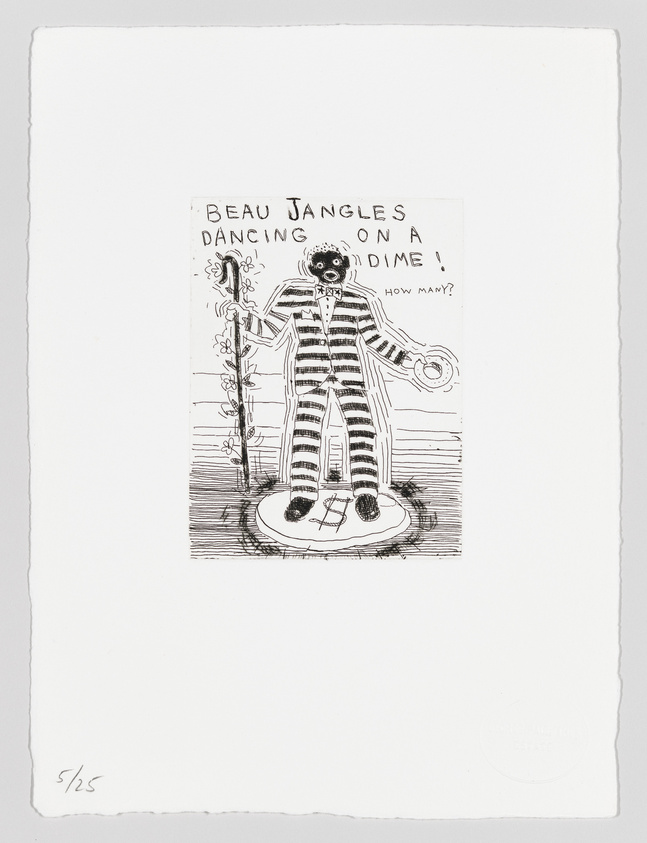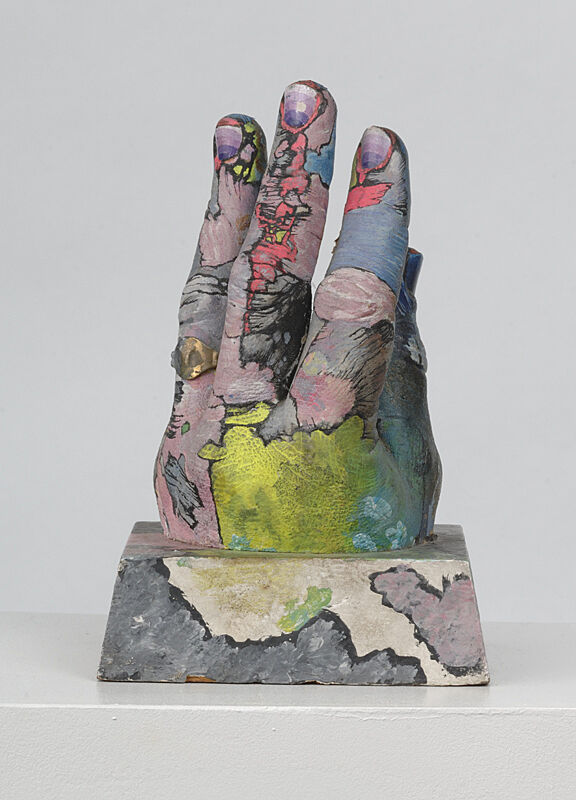Introduction to Paul Thek’s Meat Pieces
Oct 19, 2010
0:00
Introduction to Paul Thek’s Meat Pieces
0:00
Narrator: Thek’s meat pieces—which fill this gallery—were the artist’s first commercially successful works. Their impact is visceral: oozing with blood, encrusted with globs of fat—they are difficult to look at. The works were inspired by Thek’s trip to the catacombs in Sicily. Ed Burns reads Thek’s description from a 1966 interview.
Paul Thek [Ed Burns]: There are 8,000 corpses—not skeletons, corpses—decorating the walls, and the corridors are filled with windowed coffins. I opened one and picked up what I thought was a piece of paper; it was a piece of dried thigh. I felt strangely relieved and free. It delighted me that bodies could be used to decorate a room, like flowers. We accept our thing-ness intellectually, but the emotional acceptance of it can be a joy.
Narrator:The relationship between body and spirit haunted Thek. He was gay, and grew up in a church that associated the physical body—and homosexuality in particular—with sin. These works are very much about Thek’s desire to accept his own physicality—or “thing-ness”—as he put it. His friend Ann Wilson wrote that, quote:
The Catholic education . . . of our generation . . . held sway over every instant of our lives. . . . Paul experienced sexuality as an arena of . . . struggle. . . . Themes of sexuality, flesh, mutilation, and death recur in his work again and again


